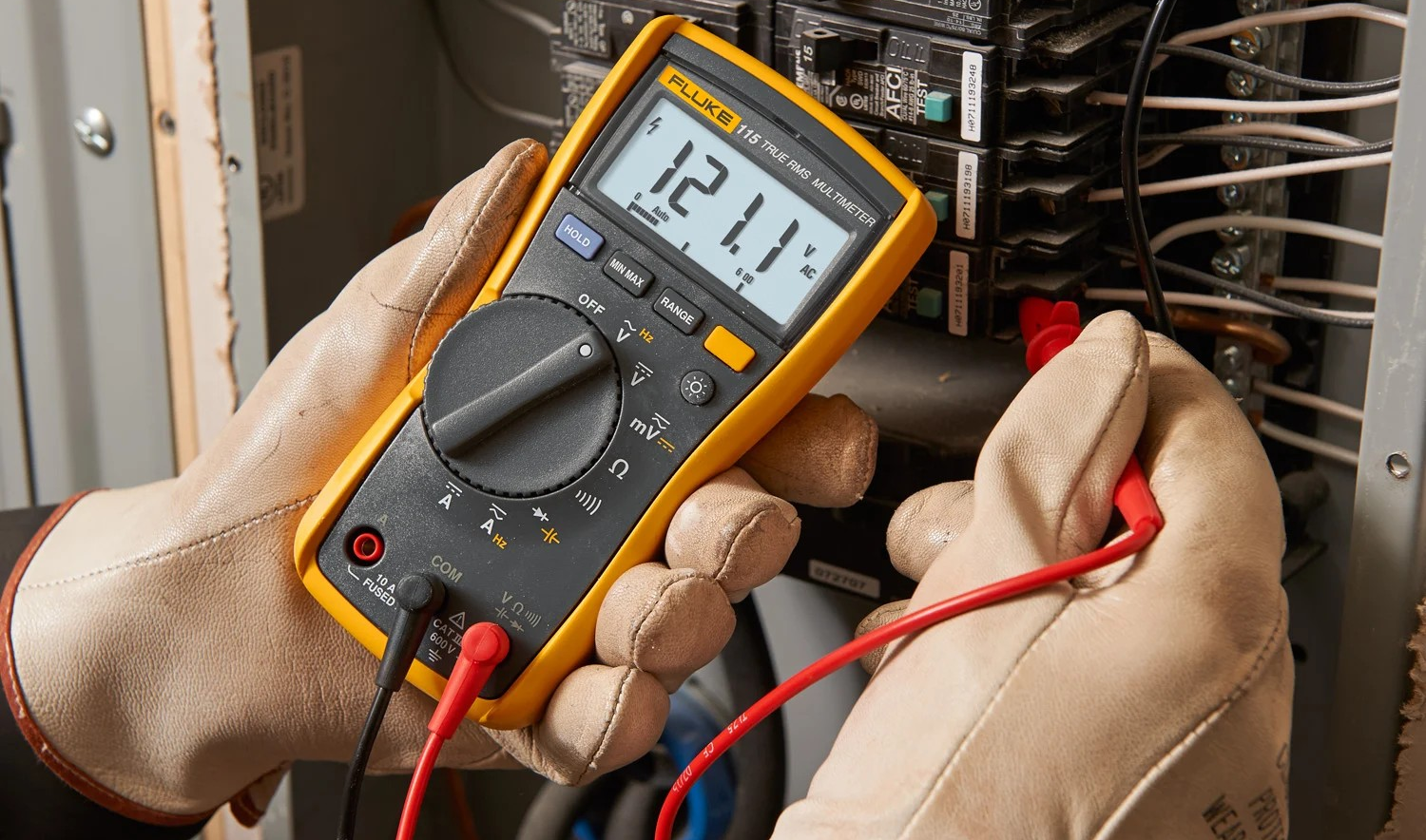Field instrumentation common faults and treatment methods
Field instruments are important devices used in industrial automation systems to measure and monitor process parameters (such as temperature, pressure, flow, level, etc.). With the development of technology, the variety and complexity of field instruments are increasing, but in the course of use, the instruments often fail due to factors such as environment and aging of equipment.
1. Common Fault Types of Field Instrument
1.1 Signal distortion or no signal
Signal distortion or no signal is one of the common faults of field instruments. This fault usually occurs in the sensor, transmitter or signal transmission line.
Common causes include:
Damaged sensors: Sensors may be damaged during use due to vibration, overpressure, overload or temperature changes, especially temperature sensors, pressure sensors and flow sensors.
Poor cable contact: Aging cables or loose connectors may result in signal loss or distortion.
Transmitter failure: Transmitter power supply failure or internal circuitry problems may also result in abnormal signals.
1.2 Inaccurate readings
Inaccurate meter readings are usually related to the following aspects:
Calibration deviation: The meter may have calibration deviation during use due to long-term work, and needs to be calibrated periodically to maintain accuracy.
Influence of environmental factors: Temperature, humidity, vibration and other environmental factors may affect the performance of the sensor, resulting in unstable readings. For example, temperature sensors may lose accuracy in high temperature environments.
Wear and tear of measuring elements: Some sensors may lose accuracy due to physical wear and tear over time, especially flow meters and pressure sensors, for example.
1.3 Fault Alarms
In some industrial automation systems, the instrument may signal a fault alarm to indicate an abnormality in the equipment. Such faults usually occur in the following situations:
Sensor failure: The sensor fails to measure the environmental parameters correctly, resulting in a false alarm from the system. For example, a flow sensor may fail due to clogging or aging.
Unstable power supply: An unstable power supply may cause the meter to false alarm.
System setup error: For example, alarm thresholds are not set properly, resulting in frequent false alarms.
2. Troubleshooting Methods for Field Instruments
2.1 Regular Inspection and Maintenance
In order to prevent malfunctioning of field instruments, regular inspection and maintenance is very important. Routine maintenance includes:
Cleaning the sensor and measuring element: Clean the sensor surface and measuring element regularly to avoid dirt or corrosive substances affecting the measurement accuracy. Especially in high humidity or corrosive environments, the sensor should be checked regularly.
Checking cables and connectors: Check the integrity of signal cables to ensure that the connectors are not loose and oxidized. Replace cable materials that are prone to aging.
Regular calibration: the instrument should be calibrated according to the specified period to ensure its measurement accuracy.
2.2 Troubleshooting
In the event of a malfunction, it is first necessary to carry out systematic troubleshooting:
Check the power supply: Confirm whether the power supply is stable and the voltage is normal. If the power supply fails, replace the power supply module in time.
Check the sensor output: use a multi-meter or oscilloscope to check the sensor output signal and determine whether it is within the normal range. For intelligent sensors, you can check whether its communication protocol is normal.
Check the wiring: Make sure the cable connection is firm and not loose, and check whether the connector is corroded or damaged.
2.3 Replacement of damaged parts
Components that cannot be restored due to aging or damage to the equipment must be replaced in a timely manner. For example, when a transmitter fails, a new transmitter should be considered. If the accuracy of the sensor no longer meets the requirements, it should be replaced with a new one.
2.4 Adjusting the alarm threshold
If the device alarms frequently, but is not really malfunctioning, you should check whether the alarm threshold setting is reasonable. In some cases, the working environment of the equipment has changed and the alarm threshold may need to be adjusted to avoid false alarms.
Conclusion
As a core component in industrial automation system, field instrumentation, its failure not only affects productivity, but also may bring safety hazards. Through regular maintenance, troubleshooting and timely replacement of damaged parts, the service life of the instrument can be effectively extended and the occurrence of malfunctions can be reduced.
In addition, with the help of modern technology (such as intelligent sensors, signal filtering, etc.), the fault diagnosis ability and accuracy of the instrument can be further improved.

